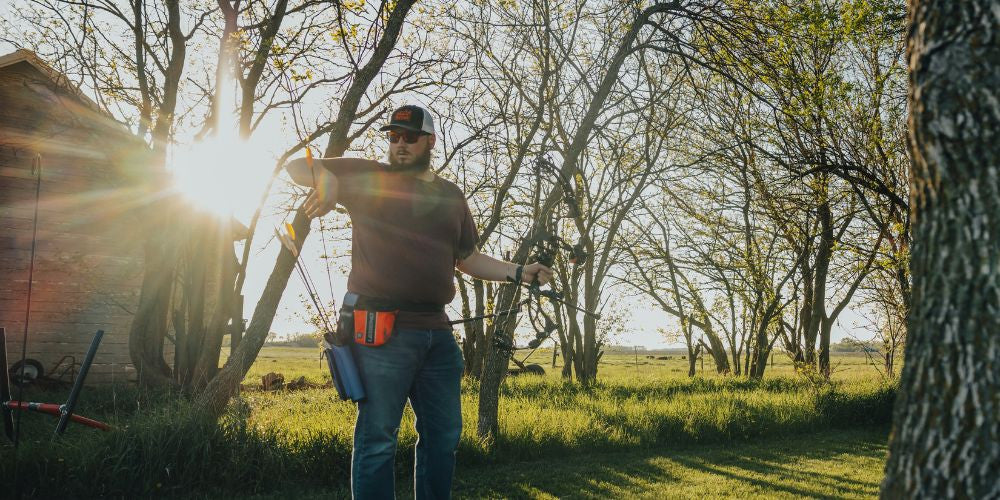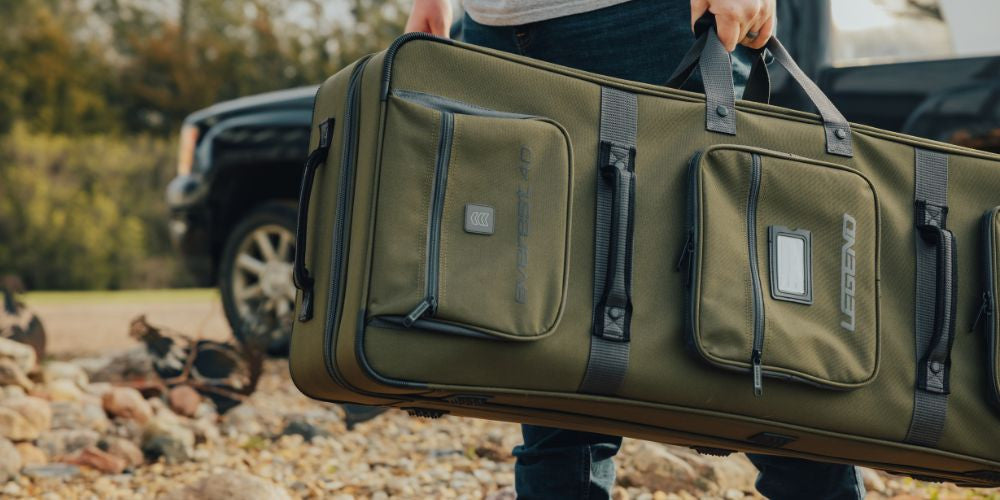For any dedicated archer, knowing where to hunt is just as important as mastering your shot. Whether you're a seasoned outdoorsman or just starting out, understanding the difference between public and private land is essential to unlocking the best hunting spots in the US. This bowhunter’s guide will break down the advantages and challenges of each type of land and help you find your ideal location for a rewarding hunting experience.
Public Land: Open Access with Unique Challenges
Public lands are federally or state-owned areas accessible to the general public. Managed by agencies like the U.S. Forest Service, Bureau of Land Management (BLM), or state wildlife departments, these lands offer vast opportunities for bowhunters looking for open terrain and a DIY adventure. In fact, many top hunting spots in the US are located on public lands across states like Colorado, Montana, and Arizona.
Pros of Public Land Hunting:
- Low or no access fees
- Large expanses of land with diverse wildlife
- No need for landowner permission
Challenges:
- High hunter competition, especially during peak seasons
- Strict regulations and limited season dates
- Accessibility issues in remote areas
Because of the rugged nature of public land, it’s crucial to pack light and move easily. A compact bow case backpack can make hauling your gear across long distances far more manageable.
Private Land: Exclusive Access and Controlled Conditions
Private lands offer a more controlled and often less crowded hunting experience. Gaining access usually requires permission from the landowner or through lease agreements and guided hunts. Many bowhunters prefer private land for its higher success rates and well-managed game populations.
Pros of Private Land Hunting:
- Lower hunter density, increasing your chances of a successful hunt
- Possibility of managing the land and game long-term
- Greater flexibility with hunting methods and timing
Challenges:
- Access usually comes with a fee or lease agreement
- Limited availability in high-demand areas
- May require coordination with landowners
When hunting on private property, staying organized and prepared helps maintain good rapport with landowners. Having a well-designed field quiver ensures your arrows are ready when the moment comes.
How to Find Great Hunting Spots in the US
Finding the best hunting areas starts with research. Use state wildlife agency websites, onX Hunt maps, and forums to scout game patterns, terrain, and hunter traffic. If you're targeting public land, check for seasonal closures and permits. For private lands, websites like Base Camp Leasing and local outfitter directories can help connect you with available opportunities.
Scouting trips before the season can give you a massive advantage. Always take reliable, easy-to-carry accessories like a secure bow sling to keep your bow protected while moving through varied terrain.
Which One Is Right for You?
The choice between public vs. private land depends on your hunting goals, budget, and how much planning you're willing to do. Public land is ideal for adventurous souls who enjoy exploring vast, open country. Private land is better for those who value a quieter, often more productive experience and are willing to pay for access.
No matter your choice, success as a bowhunter comes from preparation, respect for nature and regulations, and choosing the right gear for the job. Hopefully, this bowhunter’s guide has helped you understand how to weigh your options and zero in on the best hunting spots in the US.
 cust@legendarchery.com
cust@legendarchery.com 302 503 5767
302 503 5767 Sauk Village IL 60411
Sauk Village IL 60411


